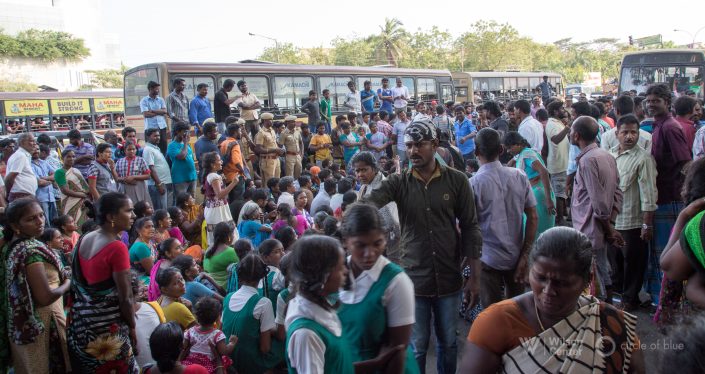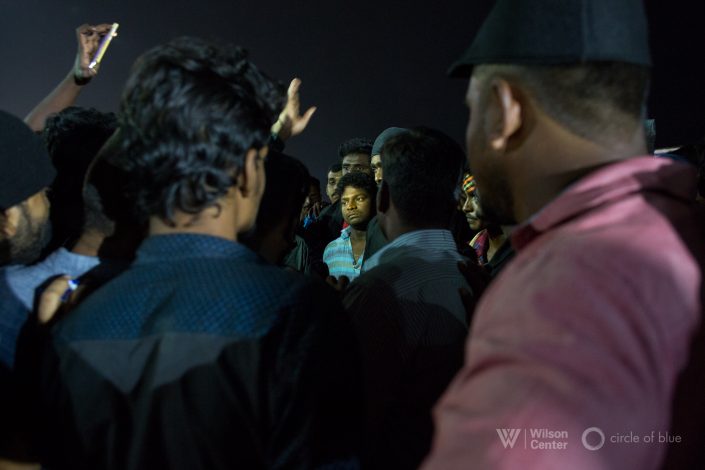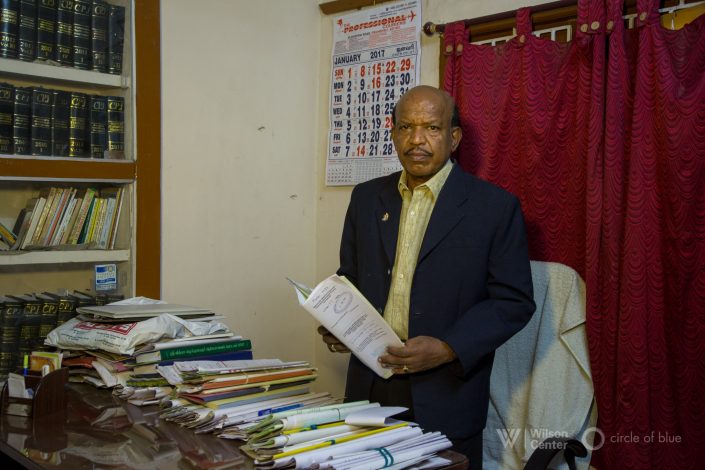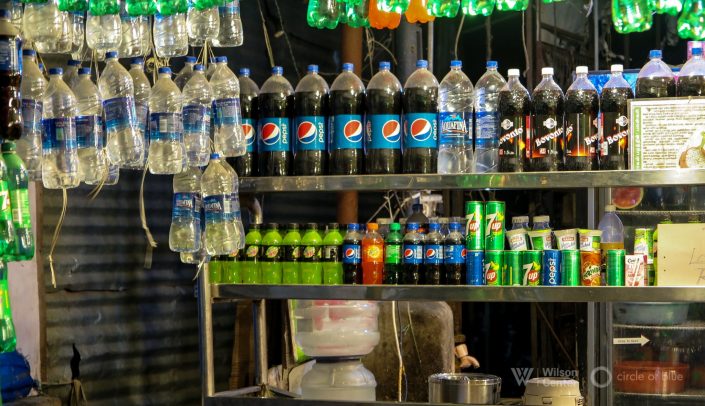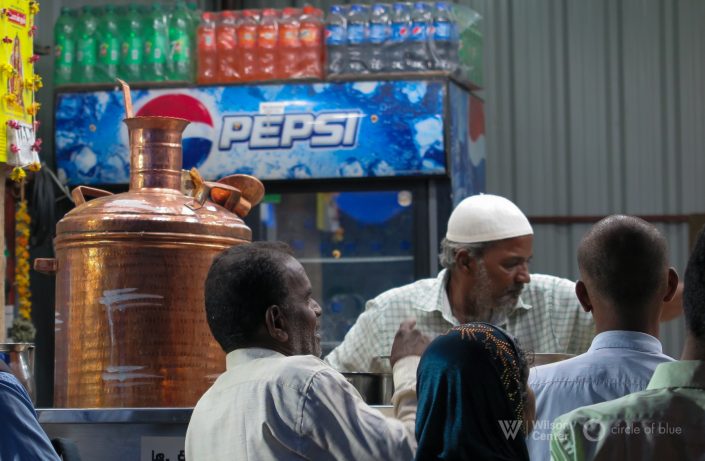 https://www.circleofblue.org/wp-content/uploads/2018/11/2017-01-India-Tamil-Nadu-DMalhotra_C4A7610-2500.jpg
1600
2400
Keith Schneider
https://www.circleofblue.org/wp-content/uploads/2018/06/Circle-of-Blue-Water-Speaks-600x139.png
Keith Schneider2018-07-03 15:03:082019-06-24 15:35:12Chennai’s Security Tied to Cleaning Up Its Water
https://www.circleofblue.org/wp-content/uploads/2018/11/2017-01-India-Tamil-Nadu-DMalhotra_C4A7610-2500.jpg
1600
2400
Keith Schneider
https://www.circleofblue.org/wp-content/uploads/2018/06/Circle-of-Blue-Water-Speaks-600x139.png
Keith Schneider2018-07-03 15:03:082019-06-24 15:35:12Chennai’s Security Tied to Cleaning Up Its WaterThe Right to Life and Water: Drought and Turmoil for Coke and Pepsi in Tamil Nadu
By Keith Schneider, Circle of Blue – May 24, 2017
TIRUNELVELI, India – Just after dusk on a warm mid-January evening, attorney DA Prabakar greeted several visitors on the dimly lit street in front of his home here in southern India. The air was desert-dry and dusty in this rain-scarce river city.
All of Tamil Nadu, from Chennai in the north to this city of 500,000 residents near India’s southern tip, has wilted in the state’s worst drought in 140 years. The Thamirabarani River, which runs through the city and is famed for its steady flow even in dry years, meandered through a sickly progression of shallow ponds and mudflats.
All of Tamil Nadu, from Chennai in the north to this city of 500,000 residents near India’s southern tip, has wilted in the state’s worst drought in 140 years.
A lawyer with decades of courtroom experience, Prabakar was in high spirits despite the wearying dry spell. The law office on his home’s ground floor is a hive of legal activism. He explained that the next morning the Madurai Bench of the Madras High Court would consider motions in his high-profile “public interest litigation,” a judicial complaint filed last summer that temporarily halted the city’s Coca-Cola and PepsiCo bottling plants from drawing water from the Thamirabarani.
Prabakar was convinced, he said in an interview, that the panel of justices would eventually rule entirely in his favor and shut down the American soft drink bottling plants permanently. “The Indian Constitution includes clear protections for the right to life,” Prabakar explained. “There is no right to life more precious than water. People don’t have water now. There is no water. These bottlers take precious water from a river that doesn’t have water. It has to be stopped. It will be stopped.”
Water Upends Status Quo
Even in a region of India accustomed to periodic dry spells, the drought that has baked Tamil Nadu over the last 18 months has put the state’s 78 million residents and its businesses under unaccustomed stress. About 125 kilometers (78 miles) downstream from Tirunelveli, where the Thamirabarani River empties into the Bay of Bengal, low water levels forced the 1,050-megawatt Tuticorin Thermal Power Station to shut down in the last week of February. The plant could not acquire enough water for operations and cooling. Up the coast, in the Cauvery River Delta, crop failures caused by the drought produced a spate of farmer suicides and heart attacks. Wilted harvests led to higher food prices.
The state’s record low water levels illustrate how rising population growth, increasing demand for water, and changing moisture patterns converge to produce dangerous consequences.
The drought produced convulsive waves through politics and civic life. Riots last year erupted in Karnataka, a neighboring state, and in Chennai, the capital city, after the national Supreme Court ordered authorities to release water to the Cauvery River that was stored in Karnataka reservoirs. All over Tamil Nadu, in cities big and small, water supplies are so tight that municipal utilities often deliver water to homes for just a few hours a week. Tens of thousands of people wait in long lines daily to fill plastic jugs from tanks supplied by water trucks.
The state’s record low water levels illustrate how rising population growth, increasing demand for water, and changing moisture patterns converge to produce dangerous consequences. Tamil Nadu, in sum, has become another of the planet’s regional laboratories for understanding human responses to uncommon water stress.
In California, after four years of drought, hundreds of thousands of acres of cropland and orchards went uncultivated. In Peru, 15 large mining projects stalled or permanently shut down because of water scarcity. China stopped construction of 300 coal-fired power plants in the past two years, in part due to not having enough water for cooling and for washing coal. The flood of migrants into Europe is caused, in part, by deep drought in the farm regions south of the Sahara. A 12-year drought caused Australia’s rice industry to collapse in 2008, contributing to soaring global food prices that were a significant factor in igniting the 2010 Arab Spring.
Just as in other regions, where scarce water closed mines and power plants and curtailed operations at farms and manufacturing industries, the shift in rainfall and the disruption of two wet seasons have influenced the operations of virtually every water-consuming business in Tamil Nadu. Water use is being measured and evaluated for its social benefit like never before. Dropping groundwater levels are closely followed in news reports, as are changes in reserves. Hotels that use low-flow showerheads are applauded. Those that don’t are criticized.
In this season of drought, no business has been more forcefully scrutinized than bottlers of American-branded soft drinks. The Coca-Cola Company and PepsiCo are widely viewed in Tamil Nadu as foreign interlopers determined to reap billions of dollars by commanding scarce water that should be reserved for local farmers and citizens.
The resistance is deep and fierce. In 2015, in Perundurai, an agricultural region 350 kilometers (220 miles) north of Tirunelveli, hundreds of farmers demonstrated for weeks against a plan by Coca-Cola to build a 5-billion-rupee ($75 million) bottling plant. Nevertheless, Tamil Nadu development authorities initially approved the plant’s request to withdraw 4 million liters (1 million gallons) of groundwater a day.
Opponents worried that the plant would deplete water supplies for irrigation and pollute groundwater, points that the company disputed. When data on the plant’s proposed water consumption was made public, the protests intensified. In April 2015, after four months of civic opposition, Tamil Nadu cancelled the construction permit.
Later that year, PepsiCo proposed building a new bottling plant near Tirunelveli for its Aquafina water brand. The plant would be in the same industrial park that hosts a Coca-Cola plant. The rival facility, opened in 2006, survived protests and then expanded in 2014. The state authorized Pepsi to draw 1.5 million liters of water a day (396,000 gallons) from the Thamirabarani River, a little less than Coca-Cola has permission to use. The reaction from city residents and farmers was swift and aggressive. Demonstrations against the new Pepsi plant were so intense that dozens of protestors were beaten and injured in clashes with the police.
American Companies Draw Fresh Criticism
In January, public animosity towards the American soft drink giants expanded statewide. Millions of Tamil residents participated in public demonstrations that were initially organized to oppose a 2014 government order to stop jallikattu, the harvest festival sport that involves young males desperately clinging to the backs of charging bulls. A petition from the Indian affiliate of PETA, the American animal rights group, prompted the Indian Supreme Court to outlaw the sport.
During the week-long demonstrations, which forced Tamil Nadu to reinstate jallikattu, peaceful crowds issued calls to “Ban PETA” from India. But demonstrators used the street marches to express other grievances, including dealing with the drought, responding to farmer deaths caused by drought-related crop failures, and blocking foreigners from interfering meddling in Tamil matters. Very quickly, Coca-Cola and Pepsi were sucked into the jamboree of complaints. Some of the most widely viewed acts of protest, captured on cell phone videos and broadcast on WhatsApp and Facebook, were groups of young adults emptying big plastic bottles of Coke and Pepsi on the ground, chanting “Ban Coke and Pepsi.”
Protestors interviewed on television accused state authorities of acting as agents of foreign capitalists. American bottlers, protestors said, were being permitted to privatize scarce supplies of the public’s water at deeply discounted prices. The common good was being sacrificed to foreign corporations. Farmers were dying from water shortages and crop failures. People were thirsty for water. Coke and Pepsi, like PETA, were seen as intruders in Tamil culture and the state’s economy.
The attack on American bottlers is a departure from the characteristic Tamil tolerance for anxieties connected to water. There are scant protests about the billions of gallons of untreated sewage and industrial effluents that pour into the state’s vile rivers. Residents have grown accustomed to the inability of authorities to control unsafe levels of cadmium, nitrates, heavy metals, and pesticides in groundwater. People stand quietly aside as water tanker drivers park their trucks to protest new licensing requirements, like during the strike in March that stopped water deliveries to homes and offices for days in Chennai.
But the drought set up American soft drink companies as ready targets for rebuke. “Coke and Pepsi are the best-known agents of water privatization and commodification of water,” said Nityanand Jayaraman, a journalist and activist in Chennai. “It is unethical and immoral for a resource that is so vital to life to be commodified. The two companies also stand accused of questionable practices. They make excellent poster boys, framing the issue of water scarcity as an actionable one of private greed causing the decline of a valuable public resource.”
In January, Tamil Nadu Vanigar Sangam, one of the state’s biggest trade associations, called for a ban on the sale of Pepsi and Coca-Cola and urged its members in press interviews and prepared statements not to sell products manufactured by the two companies. The Tamil Nadu Traders Federation, another big trade association, also asked its members to stop selling products manufactured by PepsiCo and Coca-Cola after March 1.
“During the big protest, we saw many youngsters talking against foreign products, and we figured out that we have public support,” Vellaiyan, the federation’s leader, told reporters. “The only water we have is from the Thamirabarani. Even that water is being taken by these companies.”
A Troubled History
Executives of Coca-Cola and PepsiCo in India did not comment on the proposed ban. Circle of Blue sent requests for interviews to American bottling executives in Tamil Nadu and in the United States. Neither company responded.
The Indian Beverage Association, which represents drink manufacturers, said the boycott was irresponsible. “Coca-Cola and PepsiCo India together provide direct employment to 2,000 families in Tamil Nadu and more than 5,000 families indirectly,” the association said in a statement. “IBA hopes that good sense will prevail and that consumers will continue to have the right to exercise their choice in Tamil Nadu.”
Friction with Coca-Cola and PepsiCo’s operations in Tamil Nadu began in the 1970s, when both companies were forced out of India as the government nationalized industries. Pepsi returned in 1989 to build a bottling plant, followed by Coca-Cola two years later. Both companies initiated aggressive campaigns to market their drinks and developed nationwide networks of bottling plants. In 2015, Pepsi operated 37 plants; Coca-Cola had 57, according to Indian government figures. Both were anxious to expand their soft drink sales in India and other developing nations as the fondness for sugary drinks began weakening in the United States and the West.
The decade of Indian civic acceptance to American soft drink companies ended in 2002, two years after Coca-Cola opened a bottling plant in Kerala, Tamil Nadu’s western neighbor. Farmers accused the plant of depleting and polluting their wells. Hundreds of women organized a year of sit-ins and daily demonstrations at the plant gate. In May 2003, leaders of the local district government revoked Coca-Cola’s license to operate the plant. The Kerala state government shut it down in 2004. Though Coca-Cola fought the orders in court, the plant never operated again.
The ferocious fight prompted other Indian institutions to look more closely at American soft drinks. The Center for Science and Environment, a New Delhi-based research organization, published a study in 2003 that found excessive levels of pesticides in American soft drinks, a charge aggressively disputed by Coca-Cola and PepsiCo. But the finding was confirmed by a Joint Parliamentary Committee of the Indian legislature, which conducted its own investigation.
Plants Shuttered
Just as with other big water-consuming industries around the world, drought and water scarcity are altering public opinion and changing soft drink marketing and operating practices for American bottlers across India.
In 2014, Indian officials closed a Coca-Cola bottler in Uttar Pradesh for extracting groundwater above legal limits and for water pollution. In July 2016, the Uttar Pradesh Pollution Control Board halted operations at a second Coca-Cola bottling plant for violating what it said were “mandatory environmental requirements.”
In January, authorities in Kerala ordered the Pepsi bottling plant in Palakkad district to cut its consumption of groundwater 75 percent due to severe drought conditions. The plant closed in early February.
“The Kerala government should make PepsiCo’s shutdown of production permanent,” said P. S. Panikkar, a social activist and member of the Kanjikode Paristithy Kaval Sangham, a government appointed watchdog group, in a statement. “Such water guzzling companies cannot exist in water-scarce Palakkad in a sustainable manner.”
At the start of the decade Coca-Cola and Pepsi were optimistic. Coca-Cola, for instance, said it would invest $5 billion in India between 2012 and 2020 to expand its markets. But Coca-Cola last year announced it was voluntarily shutting three more bottling plants in Andhra Pradesh, Rajasthan, and Meghalaya that were not generating sufficient revenue and have been the focus of public opposition.
A Coming Storm?
Mindful that public fury and global water scarcity have the power to wreck their business models, PepsiCo ($62.8 billion in 2016 sales) and Coca-Cola ($41.9 billion) manage extensive global water conservation and sustainability programs.
Coca-Cola asserts in company reports, for example, that it uses 27 percent less water than it did in 2004 and replaces “every drop” of the 300 billion liters of water that it takes from surface and groundwater reserves.
Coca-Cola asserts in company reports, for example, that it uses 27 percent less water than it did in 2004 and replaces “every drop” of the 300 billion liters of water that it takes from surface and groundwater reserves.
But the emphasis on water security and corporate social responsibility has not necessarily boosted sales at either company. Asian market revenues barely increased one percent last year at Coca-Cola. Since 2012 Coca-Cola’s annual worldwide revenue has tumbled almost 13 percent. Since 2011, PepsiCo’s yearly revenue has dipped five percent, according to figures from both companies.
In March, the two companies did receive a bit of a reprieve in Tamil Nadu. Despite the boycott promised by the two trade associations, soft drink sales were steady, according to local television reports. And the Madurai Bench of the Madras High Court reversed its November injunction and ruled that Coca-Cola and PepsiCo could again withdraw water from the Thamirabarani River.
Soon after, demonstrators appeared in Tirunelveli carrying signs and wading for hours in the river’s feeble current in protest.
The sixth in a series of reports by Circle of Blue and the Wilson Center on the global implications of water, energy, and food challenges in the south India state of Tamil Nadu.
More Choke Point: Tamil Nadu
Read the full series of reports on the global implications of water, energy, and food challenges in the south India state of Tamil Nadu.
 https://www.circleofblue.org/wp-content/uploads/2018/11/2017-01-India-Tamil-Nadu-DMalhotra_C4A7610-2500.jpg
1600
2400
Keith Schneider
https://www.circleofblue.org/wp-content/uploads/2018/06/Circle-of-Blue-Water-Speaks-600x139.png
Keith Schneider2018-07-03 15:03:082019-06-24 15:35:12Chennai’s Security Tied to Cleaning Up Its Water
https://www.circleofblue.org/wp-content/uploads/2018/11/2017-01-India-Tamil-Nadu-DMalhotra_C4A7610-2500.jpg
1600
2400
Keith Schneider
https://www.circleofblue.org/wp-content/uploads/2018/06/Circle-of-Blue-Water-Speaks-600x139.png
Keith Schneider2018-07-03 15:03:082019-06-24 15:35:12Chennai’s Security Tied to Cleaning Up Its Water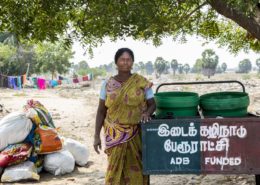 https://www.circleofblue.org/wp-content/uploads/2017/05/2015-02_C4A4885-DMalhotra-2500-e1498222900407.jpg
1090
2042
Keith Schneider
https://www.circleofblue.org/wp-content/uploads/2018/06/Circle-of-Blue-Water-Speaks-600x139.png
Keith Schneider2017-06-23 08:52:432018-11-29 14:59:30This is Tamil Nadu
https://www.circleofblue.org/wp-content/uploads/2017/05/2015-02_C4A4885-DMalhotra-2500-e1498222900407.jpg
1090
2042
Keith Schneider
https://www.circleofblue.org/wp-content/uploads/2018/06/Circle-of-Blue-Water-Speaks-600x139.png
Keith Schneider2017-06-23 08:52:432018-11-29 14:59:30This is Tamil Nadu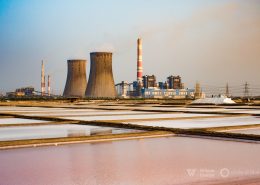 https://www.circleofblue.org/wp-content/uploads/2017/06/2017-01-India-Tamil-Nadu-DMalhotra_C4A5938-2500.jpg
1366
2048
Keith Schneider
https://www.circleofblue.org/wp-content/uploads/2018/06/Circle-of-Blue-Water-Speaks-600x139.png
Keith Schneider2017-06-14 06:42:312017-08-22 12:19:45Mindful of Water Scarcity, Cost, and Pollution, Tamil Nadu Turns to Sun and Wind Power
https://www.circleofblue.org/wp-content/uploads/2017/06/2017-01-India-Tamil-Nadu-DMalhotra_C4A5938-2500.jpg
1366
2048
Keith Schneider
https://www.circleofblue.org/wp-content/uploads/2018/06/Circle-of-Blue-Water-Speaks-600x139.png
Keith Schneider2017-06-14 06:42:312017-08-22 12:19:45Mindful of Water Scarcity, Cost, and Pollution, Tamil Nadu Turns to Sun and Wind Power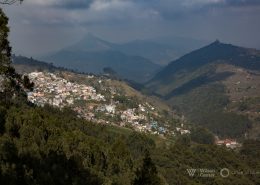 https://www.circleofblue.org/wp-content/uploads/2017/06/2017-01-India-Tamil-Nadu-DMalhotra_C4A6606-2500.jpg
1667
2500
Keith Schneider
https://www.circleofblue.org/wp-content/uploads/2018/06/Circle-of-Blue-Water-Speaks-600x139.png
Keith Schneider2017-06-06 15:56:442018-12-04 13:51:22India’s Toxic Trail of Tears
https://www.circleofblue.org/wp-content/uploads/2017/06/2017-01-India-Tamil-Nadu-DMalhotra_C4A6606-2500.jpg
1667
2500
Keith Schneider
https://www.circleofblue.org/wp-content/uploads/2018/06/Circle-of-Blue-Water-Speaks-600x139.png
Keith Schneider2017-06-06 15:56:442018-12-04 13:51:22India’s Toxic Trail of Tears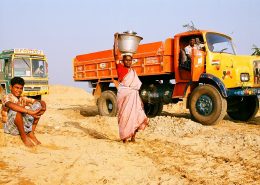 https://www.circleofblue.org/wp-content/uploads/2017/05/2017-01-India-KSchneider-51530028-logo-2500.jpg
1262
2048
Circle Blue
https://www.circleofblue.org/wp-content/uploads/2018/06/Circle-of-Blue-Water-Speaks-600x139.png
Circle Blue2017-05-31 12:34:282019-04-01 10:41:31Pursuing Riches, Miners Plunder Tamil Nadu’s River Sand
https://www.circleofblue.org/wp-content/uploads/2017/05/2017-01-India-KSchneider-51530028-logo-2500.jpg
1262
2048
Circle Blue
https://www.circleofblue.org/wp-content/uploads/2018/06/Circle-of-Blue-Water-Speaks-600x139.png
Circle Blue2017-05-31 12:34:282019-04-01 10:41:31Pursuing Riches, Miners Plunder Tamil Nadu’s River Sand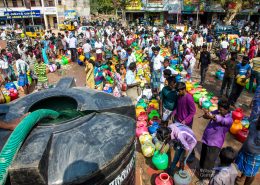 https://www.circleofblue.org/wp-content/uploads/2017/05/2017-01-India-Tamil-Nadu-DMalhotra_C4A6151-2500.jpg
1667
2500
Keith Schneider
https://www.circleofblue.org/wp-content/uploads/2018/06/Circle-of-Blue-Water-Speaks-600x139.png
Keith Schneider2017-05-12 07:18:152019-06-24 15:35:29In City Prone to Drought, Chennai’s Water Packagers Rush In
https://www.circleofblue.org/wp-content/uploads/2017/05/2017-01-India-Tamil-Nadu-DMalhotra_C4A6151-2500.jpg
1667
2500
Keith Schneider
https://www.circleofblue.org/wp-content/uploads/2018/06/Circle-of-Blue-Water-Speaks-600x139.png
Keith Schneider2017-05-12 07:18:152019-06-24 15:35:29In City Prone to Drought, Chennai’s Water Packagers Rush In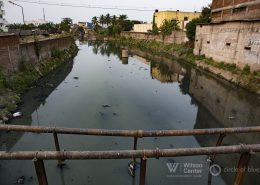 https://www.circleofblue.org/wp-content/uploads/2017/05/2015-02_C4A5036-DMalhotra-2500.jpg
1366
2048
Circle Blue
https://www.circleofblue.org/wp-content/uploads/2018/06/Circle-of-Blue-Water-Speaks-600x139.png
Circle Blue2017-05-03 13:07:132018-12-04 11:19:10Rampage of Water and Social Entrepreneurs Push Chennai to Consider New Growth Strategy
https://www.circleofblue.org/wp-content/uploads/2017/05/2015-02_C4A5036-DMalhotra-2500.jpg
1366
2048
Circle Blue
https://www.circleofblue.org/wp-content/uploads/2018/06/Circle-of-Blue-Water-Speaks-600x139.png
Circle Blue2017-05-03 13:07:132018-12-04 11:19:10Rampage of Water and Social Entrepreneurs Push Chennai to Consider New Growth Strategy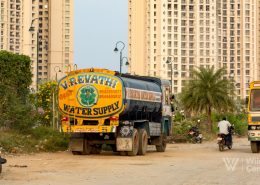 https://www.circleofblue.org/wp-content/uploads/2017/04/2017-01-India-Tamil-Nadu-DMalhotra_C4A7108-2500-e1493125279687.jpg
620
1600
Circle Blue
https://www.circleofblue.org/wp-content/uploads/2018/06/Circle-of-Blue-Water-Speaks-600x139.png
Circle Blue2017-04-25 07:07:522019-06-24 15:37:01A Torrent of Water and Concrete Imperil Chennai’s IT Boom
https://www.circleofblue.org/wp-content/uploads/2017/04/2017-01-India-Tamil-Nadu-DMalhotra_C4A7108-2500-e1493125279687.jpg
620
1600
Circle Blue
https://www.circleofblue.org/wp-content/uploads/2018/06/Circle-of-Blue-Water-Speaks-600x139.png
Circle Blue2017-04-25 07:07:522019-06-24 15:37:01A Torrent of Water and Concrete Imperil Chennai’s IT Boom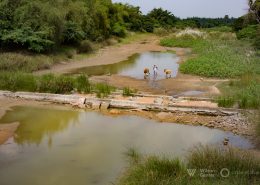 https://www.circleofblue.org/wp-content/uploads/2017/04/2017-01-India-Tamil-Nadu-DMalhotra_C4A5709-2500-1.jpg
1667
2500
Keith Schneider
https://www.circleofblue.org/wp-content/uploads/2018/06/Circle-of-Blue-Water-Speaks-600x139.png
Keith Schneider2017-04-19 12:16:272018-12-03 15:03:56Water Scarcity Causes Cauvery Delta Anguish
https://www.circleofblue.org/wp-content/uploads/2017/04/2017-01-India-Tamil-Nadu-DMalhotra_C4A5709-2500-1.jpg
1667
2500
Keith Schneider
https://www.circleofblue.org/wp-content/uploads/2018/06/Circle-of-Blue-Water-Speaks-600x139.png
Keith Schneider2017-04-19 12:16:272018-12-03 15:03:56Water Scarcity Causes Cauvery Delta Anguish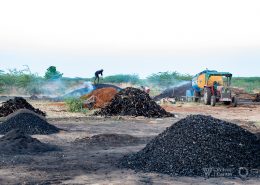 https://www.circleofblue.org/wp-content/uploads/2017/04/2017-01-India-Tamil-Nadu-DMalhotra_C4A5854-2500.jpg
1439
2500
Keith Schneider
https://www.circleofblue.org/wp-content/uploads/2018/06/Circle-of-Blue-Water-Speaks-600x139.png
Keith Schneider2017-04-11 08:41:062018-12-03 14:58:52Chased by Drought, Rising Costs, and Clean Technology, India Pivots on Coal-Fired Power
https://www.circleofblue.org/wp-content/uploads/2017/04/2017-01-India-Tamil-Nadu-DMalhotra_C4A5854-2500.jpg
1439
2500
Keith Schneider
https://www.circleofblue.org/wp-content/uploads/2018/06/Circle-of-Blue-Water-Speaks-600x139.png
Keith Schneider2017-04-11 08:41:062018-12-03 14:58:52Chased by Drought, Rising Costs, and Clean Technology, India Pivots on Coal-Fired PowerChoke Point:
The conflicting demand for water, food, and energy is one of the defining challenges of the 21st century. Global Choke Point, a collaboration between Circle of Blue and the Wilson Center, explores the peril and promise of this nexus with frontline reporting, data, and policy expertise. “Choke Point: Tamil Nadu” is supported by the U.S. Consulate General in Chennai. Jayshree Vencatesan of Care Earth Trust, Nityanand Jayaraman, and Amirtharaj Stephen provided expertise and invaluable guidance.
Sources: Bloomberg New Energy Finance, Central Electricity Authority (India), Circle of Blue, Community Environmental Monitoring, Enerdata, Frankfurt School of Finance and Management, Ministry of Coal (India), Public Finance Public Accountability Collective, The Times of India, U.S. Energy Information Administration, United Nations Environment Program.
Photo Credits: Used with permission courtesy of Dhruv Malhotra/Circle of Blue. Map and Graphics: Used with permission courtesy of Cody Pope/Circle of Blue.
Circle of Blue’s senior editor and chief correspondent based in Traverse City, Michigan. He has reported on the contest for energy, food, and water in the era of climate change from six continents. Contact
Keith Schneider
Related
© 2023 Circle of Blue – all rights reserved
Terms of Service | Privacy Policy

